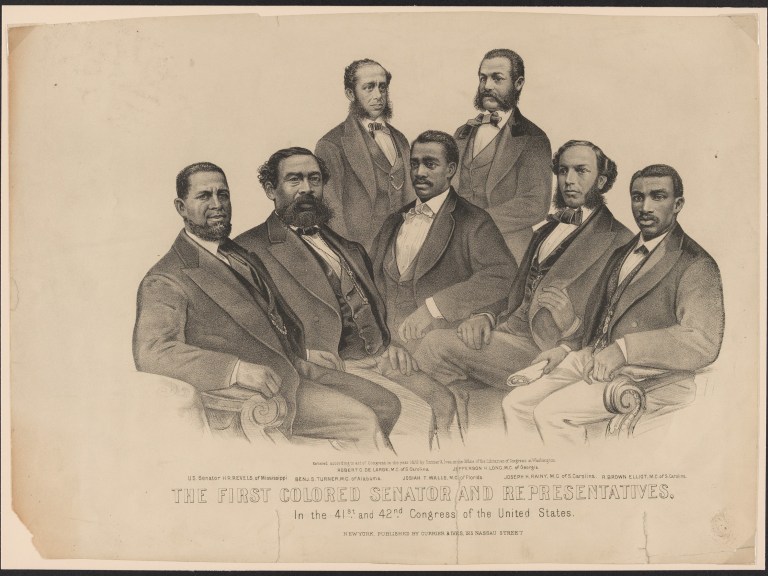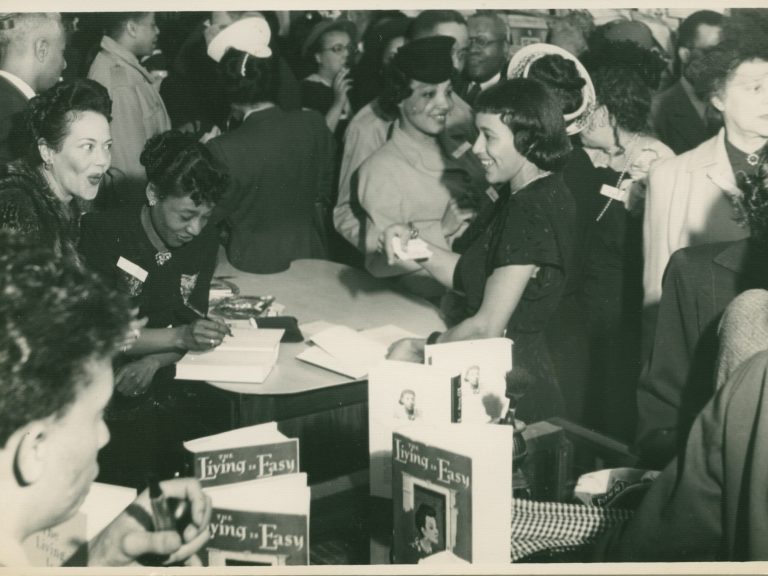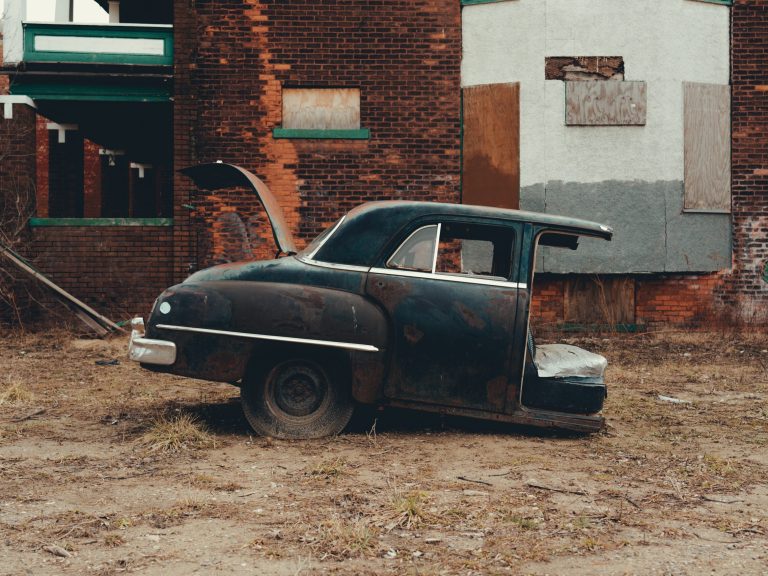The Great Migration
The Great Migration
Harvard experts explore the migration of millions of African Americans from the South to urban hubs in the Northeast, Midwest, and West, one of the largest internal migrations in American history.
Reconstruction hopes, Jim Crow fears
Following the emancipation of enslaved people, white southerners increasingly turned to intimidation and brute violence to keep Black Americans from voting or accumulating wealth.

A Currier and Ives group portrait of Black representatives in the 41st and 42nd Congress.
Reconstruction
Between 1865 and 1880, the years right after the Civil War, southern states elected at least 2,000 Black officeholders, including two United States senators and 21 representatives.
This led to a backlash from southern white racists who began a campaign of terror which only grew more emboldened with the withdrawal of federal troops from the South. These were some of the major factors that led to the Great Migration.
New opportunities, new struggles
Between 1916 and 1970, the promise of non-agricultural work, higher wages, educational opportunities, and an escape from racial violence led six million courageous Black Americans to uproot their entire lives and migrate to industrial cities in the West and North.
Middle image courtesy of National Park Service, Maggie L. Walker National Historic Site.
Increased earnings
In the 1940s a rejuvenated Great Migration, away from agricultural labor toward industrial work, stimulated increases in Black American earnings.
Cooperative business models
W.E.B. Du Bois, sociologist and Civil Rights activist, devoted considerable time spreading the gospel of cooperative economics, an approach rooted in African traditions such as ubuntu (often translated as “I am, because we are”).
A burgeoning Black press
The Defender, The Chicago Bee, Ebony, Jet, and many other prominent Black media outlets have called Chicago home, helping to establish outlets for racial uplift, political sites, and gallery spaces for Black Chicagoans.

Dorothy West autographs a book at the book party held at Reckling Studio, 1948.
The Harlem Renaissance
The Harlem Renaissance saw the emergence of Black literary, artistic, and intellectual visionaries such as W.E.B. Du Bois, Claude McKay, Countee Cullen, Dorothy West, Langston Hughes, Jean Toomer, Jacob Lawrence, and Zora Neale Hurston.
Explore the 1932 opera that follows the Great Migration all the way to the Harlem Renaissance
Racial disparities in policing
When millions of Black Americans moved to opportunities in the thriving manufacturing centers, they discovered that some metropolitan police departments enforced the law along racial and ethnic lines.
Segregation by many names
A variety of practices, including zoning laws and mortgage refusals, increased segregation in many cities.
A generation’s mental toll
The children of migrators had higher odds of mental health disorders compared with the children of those who stayed in the South.

Stagnation
As Black Americans moved in, some cities experienced an exodus of white residents, a phenomenon known as “white flight.” Recent research has found this may have triggered a reduction in property tax revenues and public spending. In addition, a variety of practices, including zoning laws and mortgage refusals, increased segregation in a number of these cities. Some police departments took advantage of this separation to patrol and arrest Black citizens disproportionately. All of this contributed to a loss of opportunity and social mobility in many cities.
Sweeping cultural impacts
The Great Migration, and the millions who made that trip, have forever changed the history and culture of every major city in the North and West—and indeed, the entire culture of America.
Read about the making of the Museum of African American History and Culture
YOU MAY ALSO LIKE





